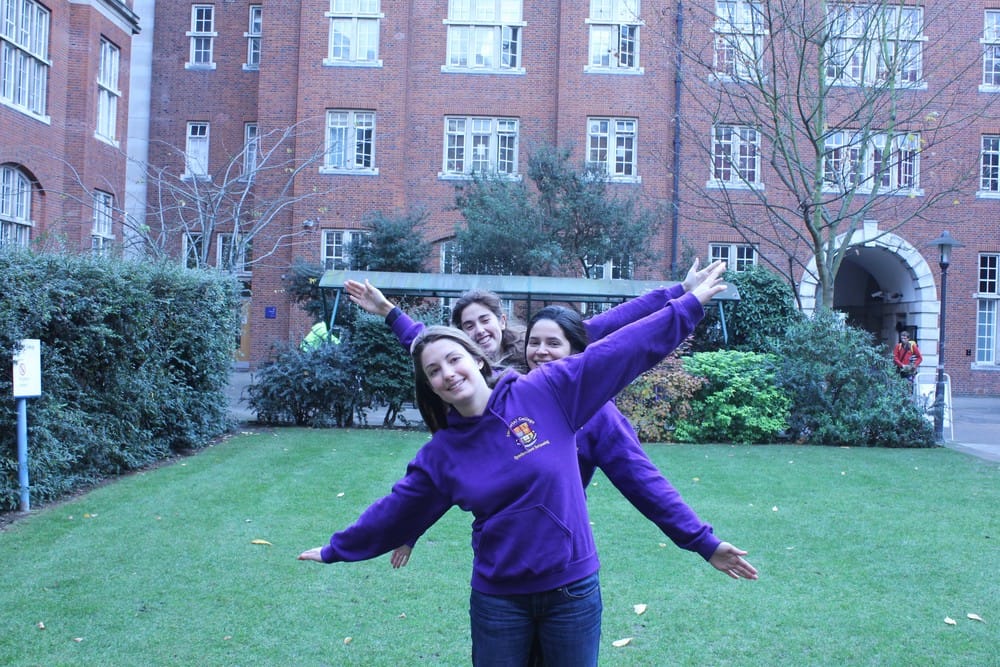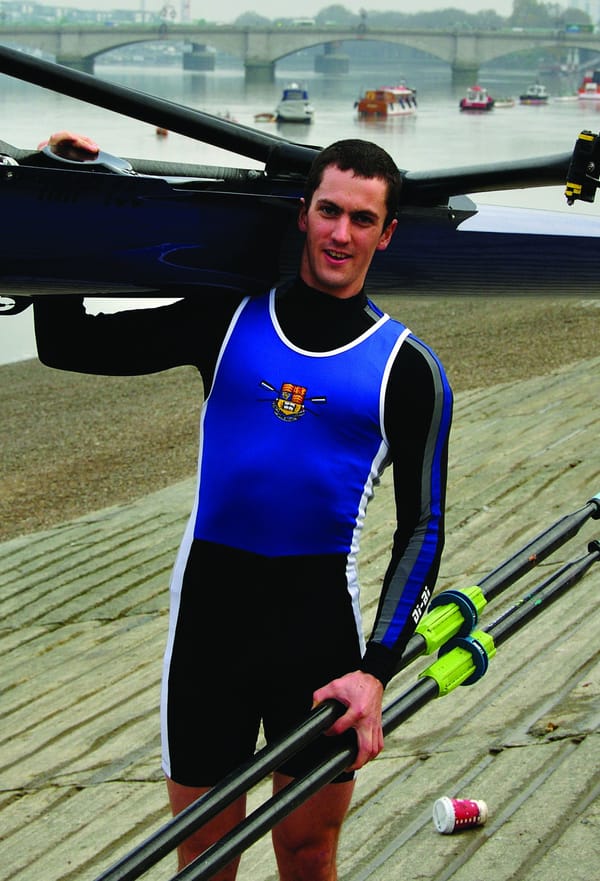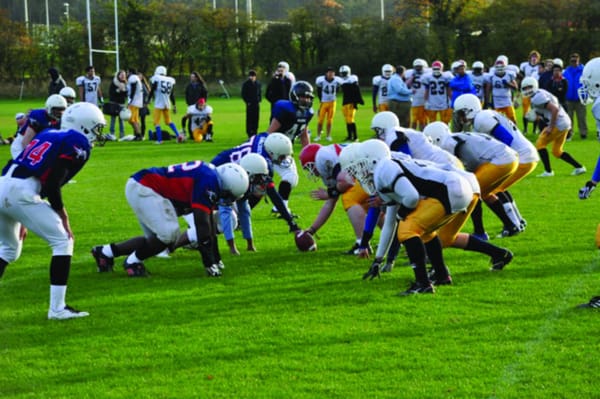Captains' Interviews: Synchronised Swimming
Synchronised Swimming jump out of the pool and into a chat with our tireless Sport Editor

Another week, another interview for your intrepid Felix Sport Editor. Today: Synchronised Swimming! Yep, I know you’re excited about this one. I meet up with Carla, the treasurer, Delphine, the club secretary and Zara, the club president in 568 to talk swimming pools, holding your breath underwater, and fancy routines. Owing to the triple interview format, this week is presented as a Q&A session. Enjoy!
Felix Sport: So, to start off with, a couple of questions for you guys: how did you get into synchronised swimming? Did you do it before university?
Zara Ganase: I sort of got interested when I went to the US during the summer of 2008, and saw the blanket media coverage of the American Olympic team – including synchronised swimming. I thought it would be a cool thing to try, and found out that there was a club at Imperial…and here I am, three years later: Club President!
Carla Canturri-Gispert: I’ve always loved the water, but not competitive swimming which I find boring. Synchronised swimming seemed like a lot of fun, even though I had never done it before uni, and I signed up when I came to Imperial.
Delphine Rolando: I have actually been doing this since I was 11! I picked it up in France as a kid, but had a long break during my studies and didn’t do any for five years. I picked it up again here, though, and am enjoying it as much as ever.
FS: Okay, so two out of three committee members were complete beginners before coming to Imperial. How many members do you have? What proportion of that is made up of beginners?
DR: This year we had about ten people sign up at Freshers’ Fair, and we’re almost hitting thirty members…
CC-G: Although one thing to know is that the club only started four years ago.
FS: So you’re growing slowly but surely then?
ZG: I think that’s kind of the objective. We’ve sort of got three level groups: the absolute beginners, the intermediate people such as Carla or myself who have done it for a couple of years, and then there is a group of swimmers who had started synchronised swimming before university and want to continue, such as Delphine.
FS: How does the competition structure work? I mean, do you have tournaments or things like that with other universities?
DR: Actually, when Carla said we formed four years ago she forgot to mention that we’re pretty much the only university synchronised swimming club in the country. It really isn’t a big thing here, and there is no such thing as a BUCS tournament or the equivalent for us. Having said that, we are trying to enter a team into the French university championships, to be able to compete in something!
CC-G: Even that competition is relatively new, it didn’t exist two years ago.
FS: What does a typical training session consist of? Do you practice a particular routine?
CC-G: It’s generally 45 minutes of warmups and stretching outside the pool, followed by an hour and a quarter of practicing the different figures, lifts and positions you can do in the pool.
DR: We have one main coach and two assistant coaches, all of whom used to represent their countries at an international level. Our main coach Eugénie is especially good at teaching beginners the basics!
ZG: We actually have two sessions a week, on Mondays at Ethos and Thursdays at St Mary’s. We want to get as many people as possible to come along, so if you’re interested, don’t hesitate!
FS: A question about the sport itself, because I don’t think that many people are familiar with it: what does a team consist of in synchronised swimming?
DR: A routine is usually done by eight swimmers, all performing the same thing, and can last up to about five minutes. In the Olympics, it is an all-female sport but outside of that more and more guys are taking it up, and competitions allow for mixed teams! We really want to get more guys in as this gives you more possibilities for lifts and other things during a routine, because guys just have more strength.
FS: What are the skills you need to be good at synchro? Is it easy to progress quickly if you start from scratch?
CC-G: It isn’t too hard to learn the different moves and techniques involved in synchronised swimming, you can pick those up in a couple of weeks. However you do need a level of fitness and muscle strength to pull these off, and that’s where it takes a lot of work.
DR: You need flexibility, core strength and you have to learn to hold your breath for long periods of time – these aren’t things that come overnight. Having said that I still think synchro is a very accessible sport, and can be a lot of fun!
Fancy giving it a go? Email syncswimming@ic.ac.uk for info!










